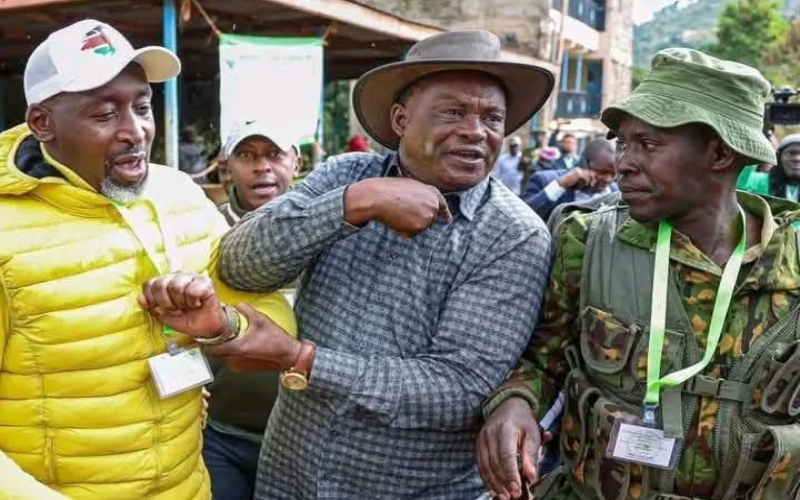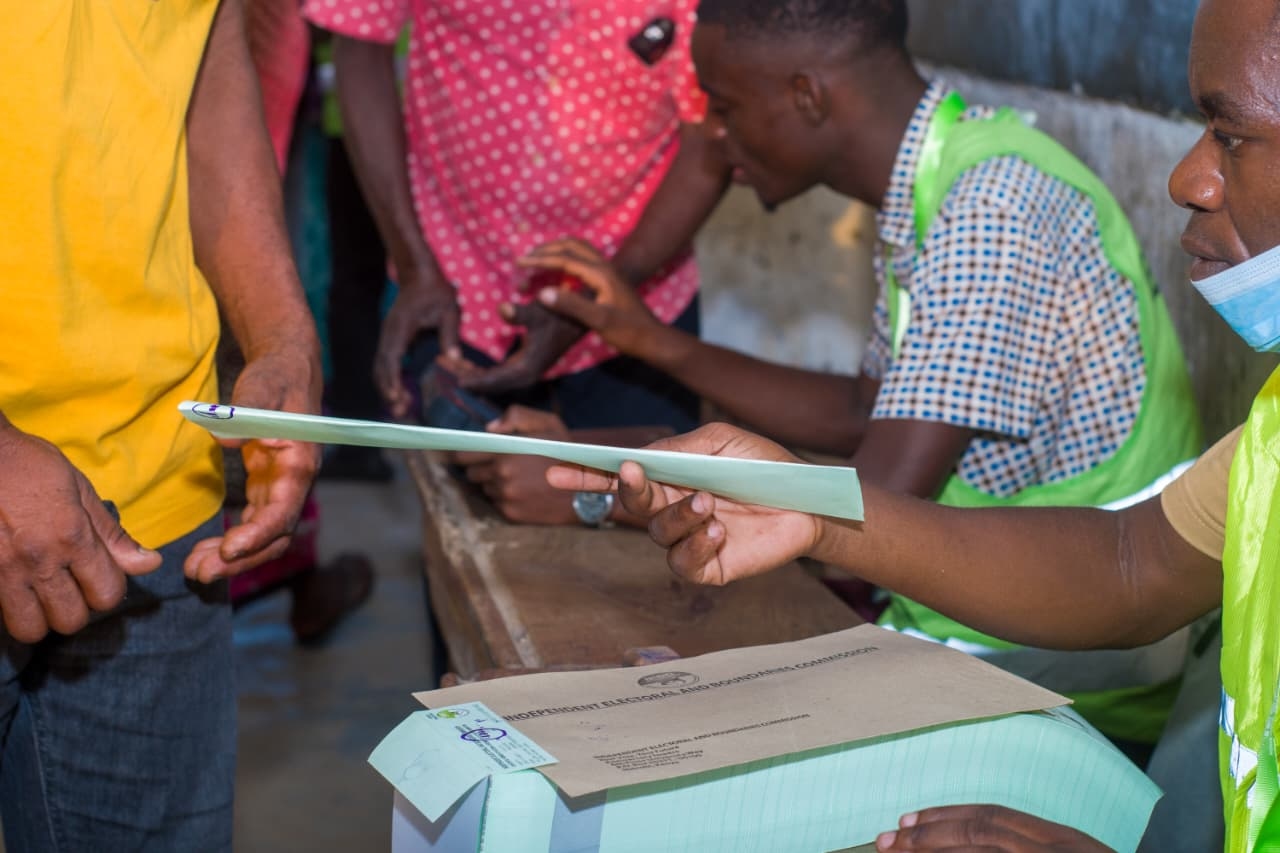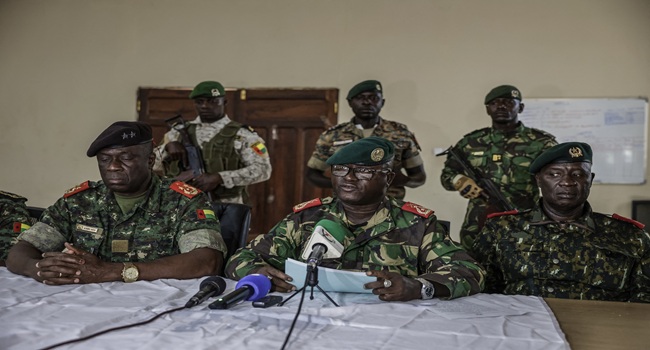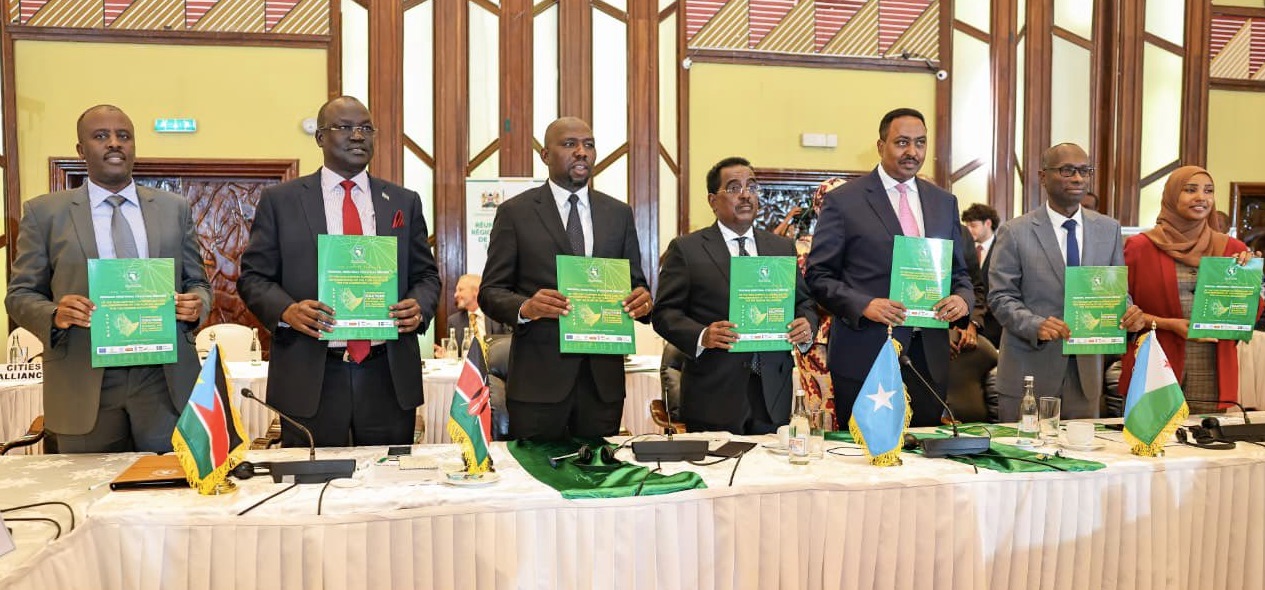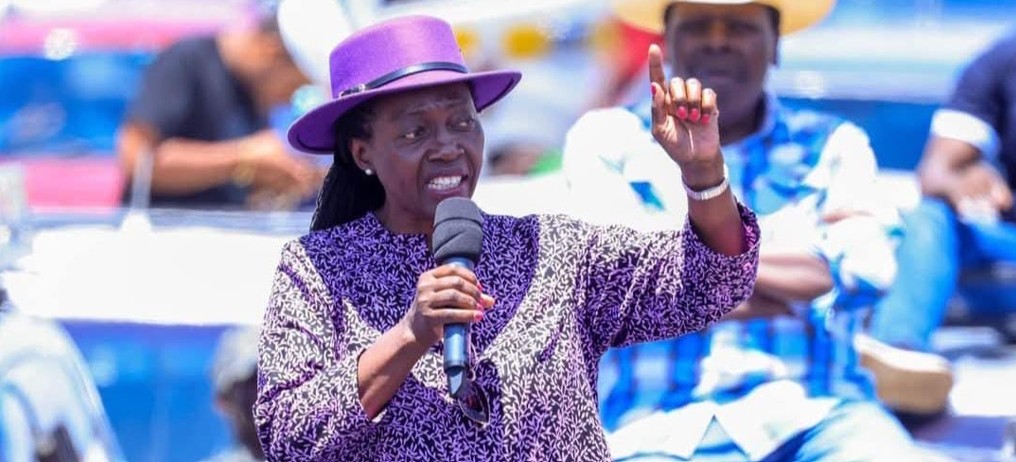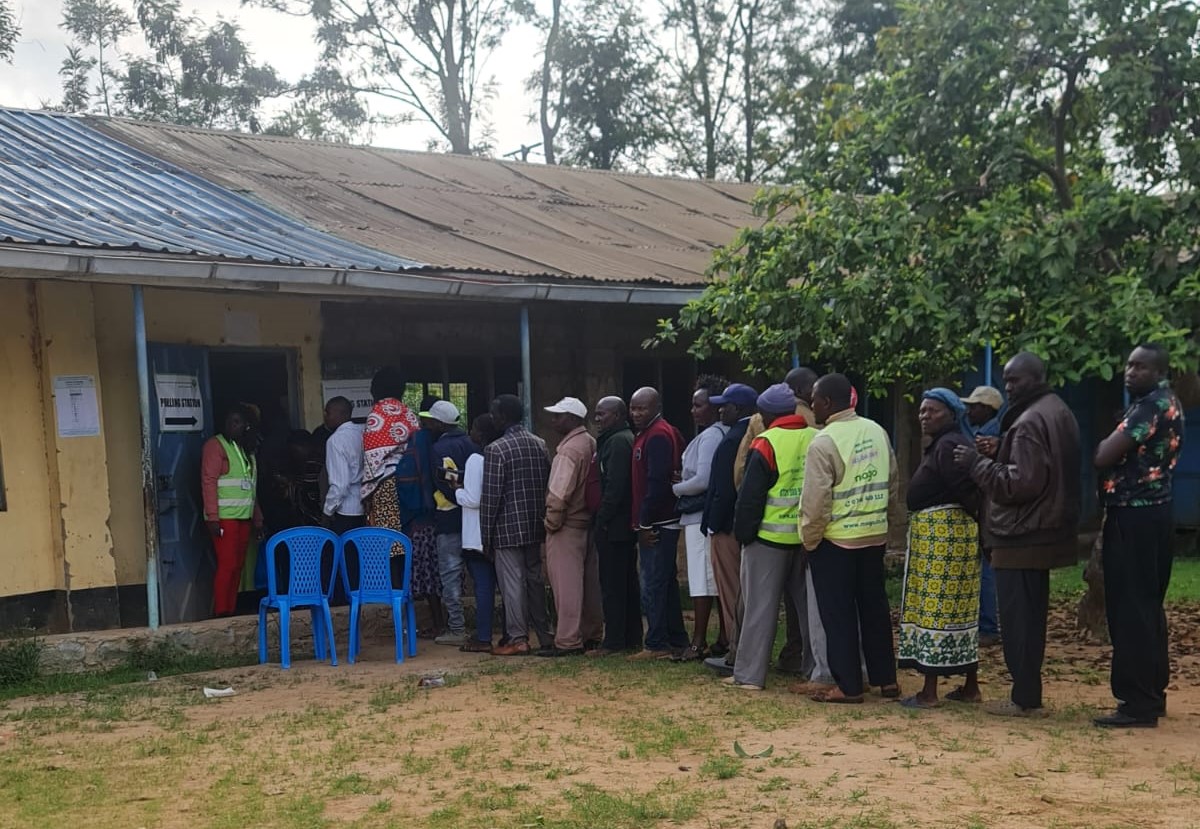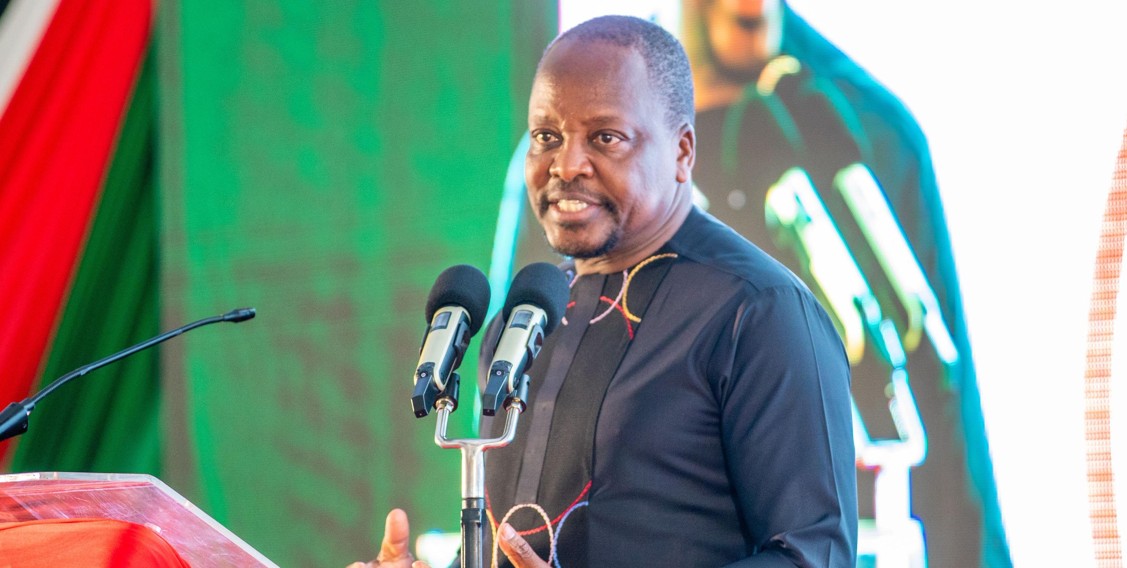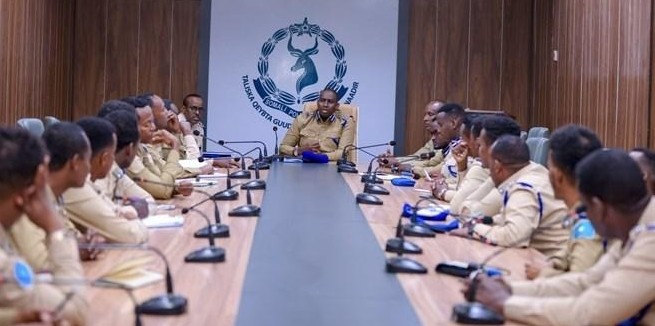IGAD at the heart of Kenya–Ethiopia effort to turn borderlands into hubs of opportunity
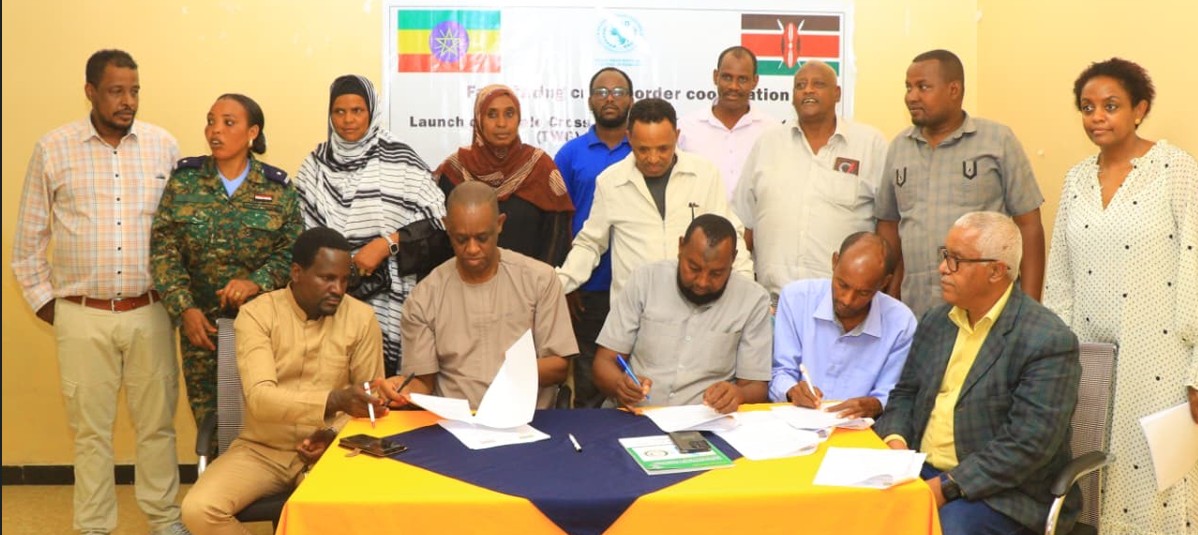
Kenya and Ethiopia have signed landmark IGAD-backed agreements on health, education, and women’s trade, marking a major step toward turning their once-neglected borderlands into engines of shared growth and stability.
A bold new chapter in cross-border development is taking shape between Kenya and Ethiopia, as the two nations embark on a mission to transform the lives of thousands living along their shared frontier.
For decades, border communities have endured neglect, poor infrastructure, and limited access to education and healthcare.
More To Read
- Kenyan security repels incursion by Ethiopian troops along border
- Murkomen urges Turkana to fast-track land allocation for Todonyang immigration post
- Communities along Kenya-Ethiopia border on edge following attacks
- Kenya-Ethiopia begin technical assessment of cross-border bridge projects
- Kenya, Ethiopia agree to build two bridges to boost access and trade for border communities
- Kenya-Ethiopia border killings spark mass exodus in Marsabit's Dukana Ward
Now, through a historic partnership supported by the Intergovernmental Authority on Development (IGAD) and the German government via GIZ, the two countries are working to close those long-standing gaps.
Series of agreements
During a three-day workshop at Kooketi Hotel in Ethiopia, government officials, local leaders, and technical experts from both sides signed a series of agreements on health, education, and women’s cross-border trade — a move hailed as a “turning point” for regional cooperation.
“We cannot address these issues from boardrooms in capitals alone,” said Dr Yemisrach Benalfew, IGAD’s Director of Health and Social Development.
“The realities on the ground are stark, and without genuine cooperation, border communities will continue to suffer.”
Marsabit County Deputy Governor Solomon Gubo, who represented Kenyan cross-border communities, said the agreement brings a long-awaited chance for progress.
“This is a long-awaited development opportunity that will reduce the prolonged neglect among the neighbouring communities,” he said.
Glimmer of hope
For residents like Ashna Abdi, a 34-year-old mother of three from Moyale, Kenya, the health pact offers a glimmer of hope.
“I remember when my daughter fell ill, and we had to travel all the way to Awassa in Ethiopia — nearly 700 kilometres,” she said. “By the time we got there, she was worse. Healthcare shouldn’t be this far out of reach.”
Under the new framework, a Cross-border Technical Working Group on Health will be established to strengthen disease surveillance, emergency response, and healthcare coordination across the border. The goal is to curb recurring outbreaks of malaria, cholera, and measles — diseases that move as easily as the people who live along the frontier.
Children also stand to benefit. Many, like 10-year-old Mohamed Ali from the Ethiopian side of Moyale, have been unable to attend Kenyan schools because of documentation challenges.
“Teachers tell me I can’t join without the right papers,” Mohamed explained. “But my parents are nomads — I just want to learn like other children.”
Harmonise education systems
The cross-border education initiative aims to harmonise education systems, recognise informal learning, and simplify documentation for learners who move between the two countries.
Informal trade, especially among women, forms the backbone of local economies along the Kenya–Ethiopia border. Yet, without formal recognition or legal protection, many traders face harassment and economic uncertainty.
The new agreements will create a Unified Platform for Women Traders, offering training, credit access, and safer trading spaces.
“Through these cooperatives and cross-border initiatives, we not only uplift livelihoods but also promote peace and stability,” said Galma Dida, Head of IGAD’s Cross-border Development Facilitation Office.
From barriers to bridges
The Kenya–Ethiopia collaboration goes beyond a bilateral pact; it serves as a model for how neighbouring nations can turn borders from barriers into bridges.
By integrating border regions into national development plans, both countries are ensuring that marginalised communities are finally included in the promise of progress.
“This collaboration shows that borders should connect, not divide us,” said a senior GIZ official. “When Kenya and Ethiopia grow together, the entire Horn of Africa benefits.”
As these agreements move from paper to practice, hope is returning to communities that have long been isolated. For them, the dream of shared prosperity no longer feels distant — it is finally within reach.
Top Stories Today
